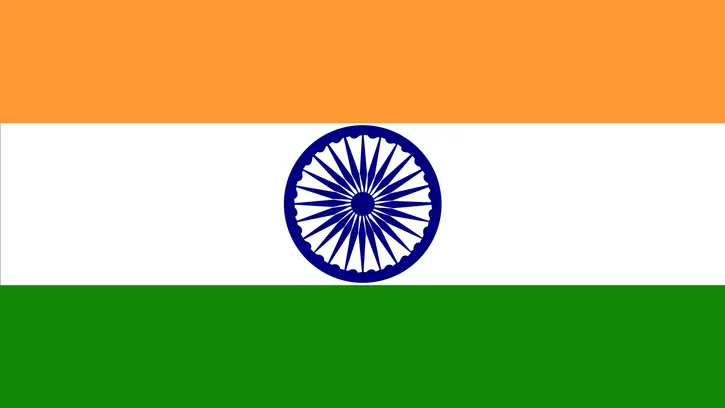Independence Day of India – August 15: History, Significance & Celebrations

Independence Day of India – August 15: History, Significance & Celebrations
Every year on August 15, India commemorates its Independence Day – a momentous occasion that marks the nation’s freedom from British colonial rule in 1947. It’s a day of national pride, historical reflection, and widespread celebrations.
📜 Historical Background
After almost 200 years of colonial rule, India finally gained independence on August 15, 1947. The freedom movement, led by figures like Mahatma Gandhi, Jawaharlal Nehru, Subhas Chandra Bose, and countless revolutionaries, inspired millions to fight for liberty.
🏛️ Why August 15?
The last British Viceroy of India, Lord Mountbatten, chose August 15 as it also commemorated the Allied victory over Japan during World War II in 1945.
🎉 Celebrations Across India
- Red Fort Ceremony: The Prime Minister hoists the national flag and delivers a powerful speech addressing the nation.
- Parades & Cultural Events: Schools, colleges, and public offices conduct parades, dances, patriotic singing, and fancy dress competitions.
- Kite Flying: The sky in Delhi and other regions bursts with colorful kites symbolizing freedom and hope.
🧒 Involvement of Youth
Students play a vital role in Independence Day activities, reciting poems, delivering speeches, and spreading the message of national integrity.
🕊️ Message of Unity & Patriotism
Independence Day is a reminder of our shared identity and the sacrifices made by our ancestors. It unites people across cultures and religions in a single tricolor of hope, unity, and strength.
Conclusion: As India celebrates 78 years of independence in 2025, let us honor the bravery of our forefathers and renew our commitment to building a strong, progressive, and inclusive nation.